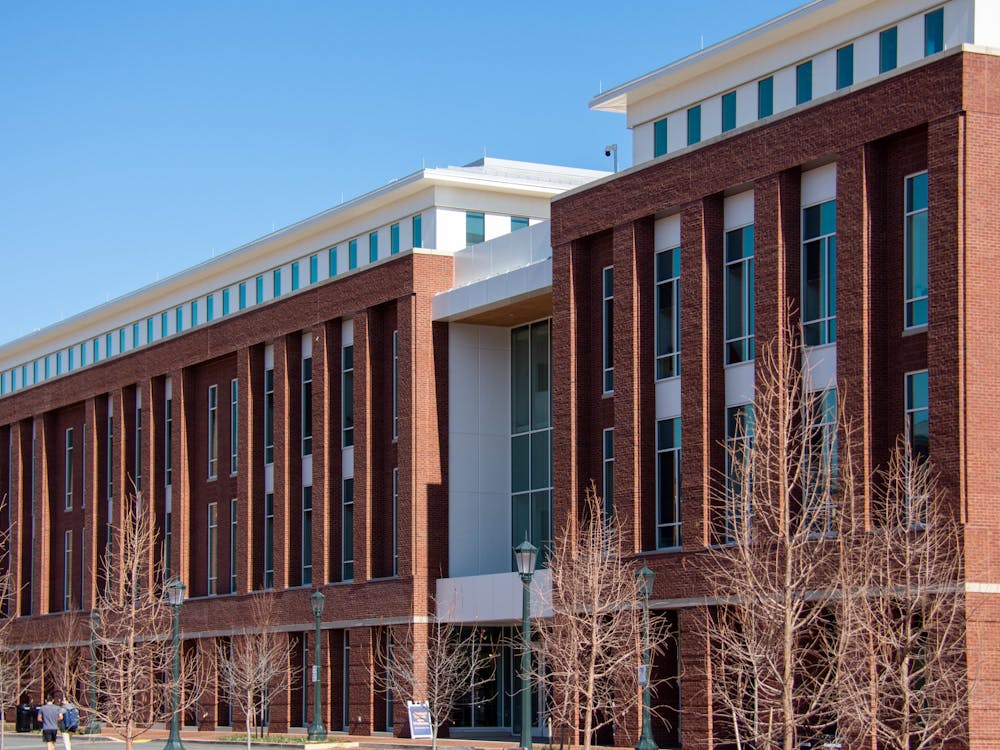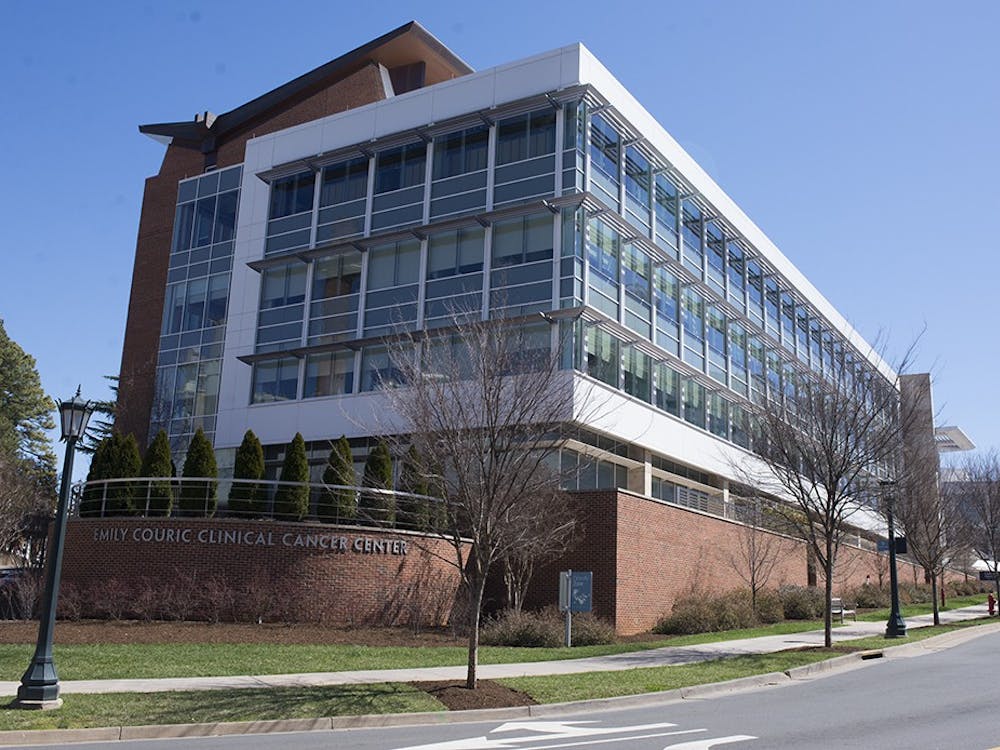Recent research publications have changed the way people think about brain organization in dramatic ways. Of the many unanswered questions about brain organization, one of the most contentious issues raised is how the brain processes all of its information. Interestingly, a study published in the Proceedings of the National Academy of Sciences argues the brain manages information in a method similar to how the Internet is organized, with information distributed like a network.
Before the study came out, the prevailing theory among researchers, in place since the 19th century, described a "top-down" model in which a transmitted signal would show a linear pathway in independent regions. Recent work by Larry Swanson and Richard Thompson from the University of Southern California, however, has found pathway loops in the rat brain that link different cerebral regions which scientists previously thought did not exchange information with each other. Swanson told BBC News he believes this model explains the brain's ability to survive after local damage.\nThe findings of the research are complex.
"We started in one place and looked at the connections," Swanson said. "It led into a very complicated series of loops and circuits. It's not an organizational chart. There's no top and bottom to it."\nEssentially, the model researchers use to organize the brain is evolving. This progress likely will open many doors for future research.
"This method is repeatable in a sensible way so that neural networks can be followed as far as they go - ultimately to the whole wiring diagram of the brain," Swanson said. The potential diagram is incredibly complex, but it may reveal more information about topics such as consciousness and cognition.
Ian Pearson of British Telecom's Futurology unit said he believes that technology of the future may be able to mimic this consciousness in the form of a supercomputer, the Observer reported. By 2020, Pearson predicts that scientists will be able to link the nervous systems of human beings in a virtual setting, and by 2050, brain-downloading technology may play a significant role in our society.
"We're already looking at how you might structure a computer that could become conscious," he said. "Consciousness is just another sense, effectively, and that's what we're trying to design in computers."
Second-year College student Rejina Stallings said she believes this technology brings ethical considerations to the fore.
"One can argue that for people in a coma or developing Alzheimer's, this could be a good thing," Stallings said. "The unfortunate reality is that every time something good is made, there are always people who pervert it and use it for bad. Honestly, I think there are way too many inappropriate possibilities that would outweigh any benefit a supercomputer could offer."
Deborah Johnson , professor and chair of the Science, Technology and Society Department, is also skeptical of this new technology. She said the advocates of the cyber immortality technology are misleading and create delusions of translating human consciousness into a computational system.
"I think it's all hype," Johnson said. "Why would we want to do this?"
Johnson said she believes a system with a completely different nature from that of a human being cannot adequately replicate human consciousness.
As former Harvard University sociologist Daniel Bell once said, "Technology, like art, is a soaring exercise of the human imagination." As the human imagination is boundless, technology races to catch up.






